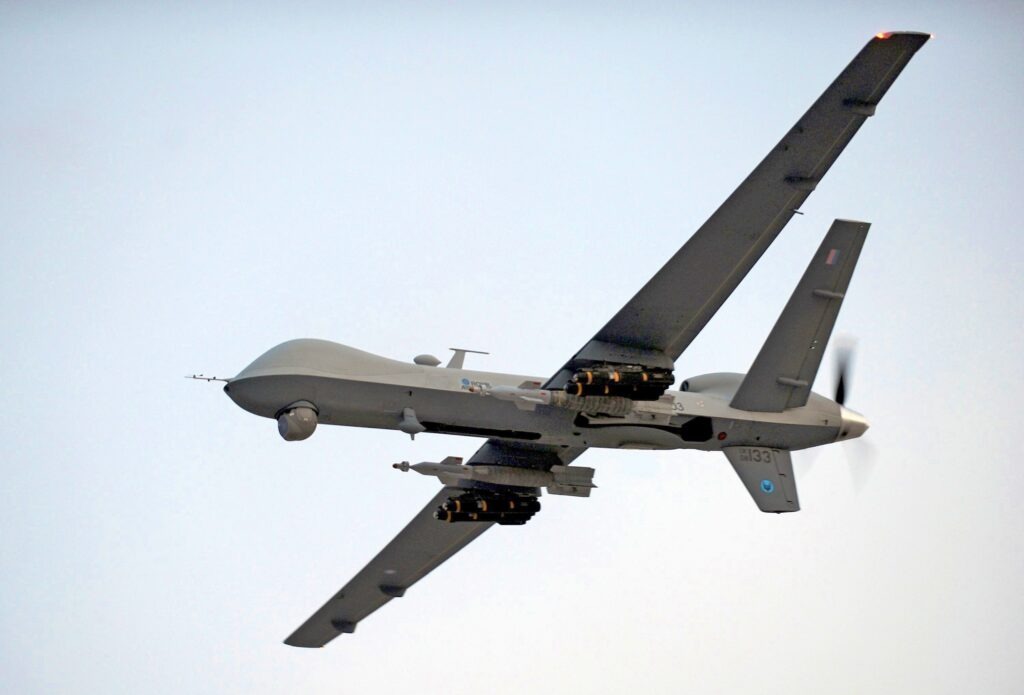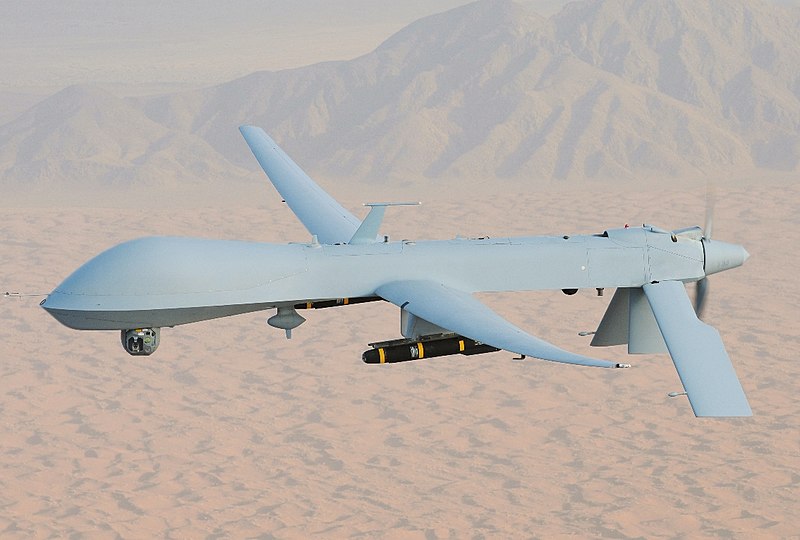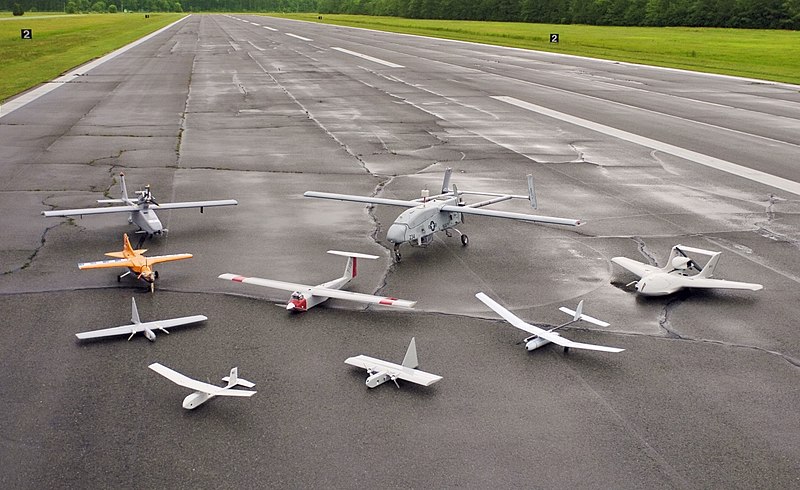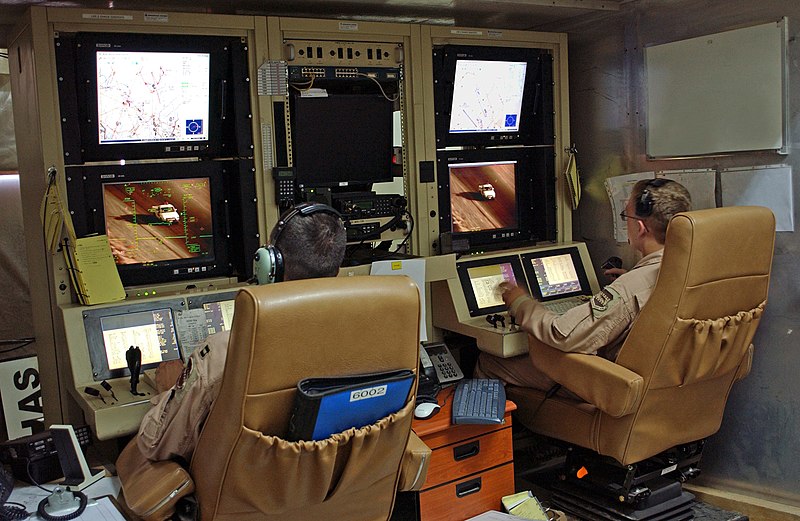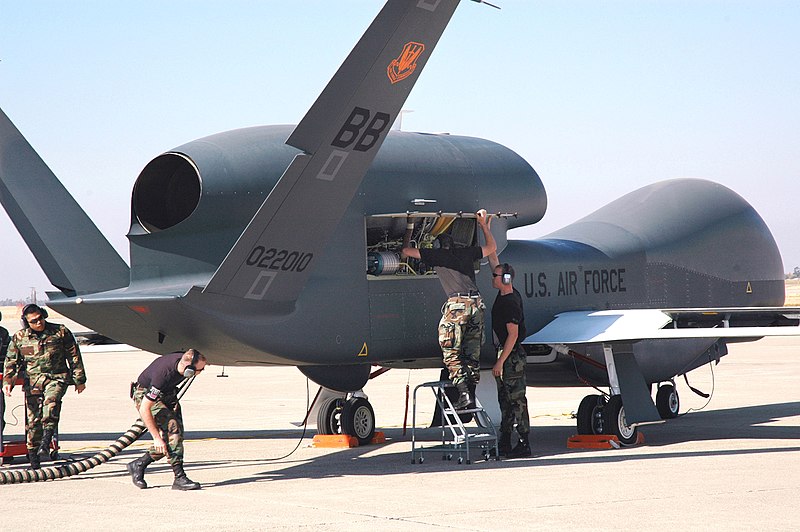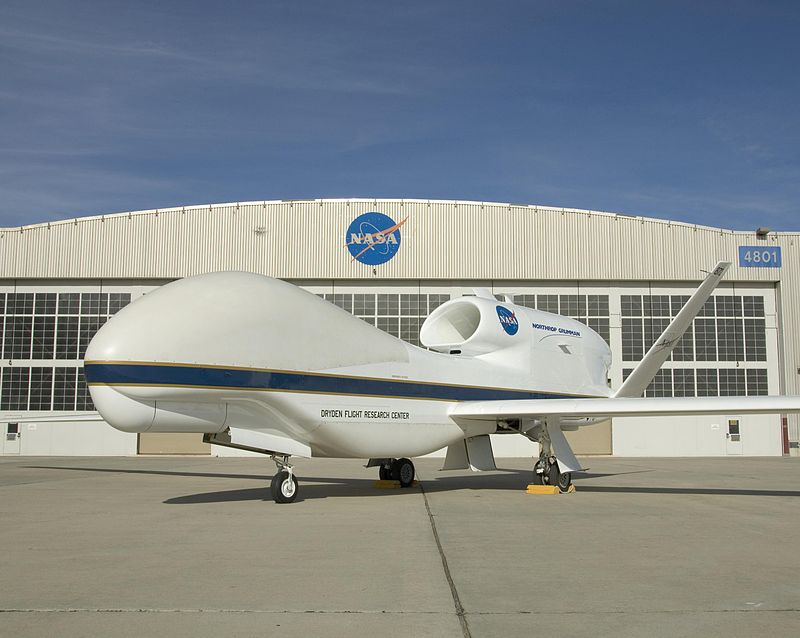The military has long been using drones or unmanned aerial vehicles (UAV) in its operations, like the popular large-sized Predators, Reaper and Global Hawk.
There are also smaller, insect-sized ones like the Black Hornet Nano.
We would typically think these UAVs are just used for warfare and surveillance, like drone strikes. However, some drones are used for humane and life-saving purposes. Some are deployed for traffic control, help in forest fires, report speeders on freeways, and many more.
The most striking feature that separates a military drone from the rest is its ability to fly higher and at long distances. Some military drones can reach up to an altitude of 20,000 meters (65,000 feet) and can have a maximum ferry range of more than 20,000 kilometers (~12,500 miles). Just recently, in August 2022, the unmanned aerial system Airbus’ Zephyr 8 was up in the air for 64 days and flew 35,000 miles before it crashed in Arizona, USA.
Unlike commercial or hobby drones, manufacturers of military drones have loose regulations. For instance, commercial or hobby drones must be flown within a visual line of sight. Another example is how military drones are exempted from Federal Communications Commission (FCC) and CE regulations.
The CE marking shows compliance with safety rules to commercialize drones, according to drone experts at Alter. Interestingly, military drones do not need to comply with the maximum radiofrequency transmission emission. These special privileges allow military drones to soar higher and fly longer.
Some ways to classify military drones
There are several ways to classify military drones because each has a different feature. One way is to categorize based on operational altitude, maximum speed, total weight, and overall size. Another more practical way is to classify them by their horizontal range or the maximum distance a drone can travel and total endurance or flight time. There are four types of military drones according to the last category.
1. Very low-cost, close-range military drones
These are the cheapest kind and can fly up to a range of 5,000 meters (3.107 miles). It has an endurance time of 20 to 45 minutes. Insect-sized micro and nano drones like the 1-inch-by-4-inch Black Hornet belong to this category. British soldiers launched these drones from their utility belts and were used to spy in Afghanistan.
2. Close-range military drones
This has a horizontal range of 50,000 meters (31 miles or 5km) with an endurance time of up to six hours.
3. Short-range military drones
These small tactical drones can fly straight for 8 to 12 hours without stopping and can reach up to 150,000 meters (93.2 miles or 150km).
4. Mid-range military drones
These drones are able to fly at a distance of 650,000 meters (403.9 miles or 650km). These are commonly used for reconnaissance and surveillance as well as gathering meteorological data.
5. Long-range/Endurance military drones
These machines have an indefinite flight range. However, the solar-powered, very light-weight Airbus’ Zephyr 8 dubbed “the first stratospheric UAS of its kind” has broken these limits because it can stay up in the air for up to two months.
How long can drones stay up in the air?
Military drones can stay up in the air for a few minutes to literally days. The maximum range an unmanned aerial system can attain depends on its design. This all depends on the control method, payload, design, method of propulsion, size, weight, and operating altitude.
Control method
The flight range of a drone is limited by its controller. Mobile or ground control stations (GCS) act as transmitters and uses data links to control and monitor the mobile drones. This can be done through the cellular networks and for long-range communication, this goes through the LTE base station.
Weight and payload
Another factor that influences the flight range is the weight of the payload, like supplies, heavy cameras, sensors, and fuel. The heavier the supplies a drone is carrying means that it would also need a greater amount of energy. To determine how far a military drone can travel, a good balance between the total weight of the UAV and the power of the propulsion system must be calculated. For example, Northrop Grumman’s Global Hawk has a maximum payload capacity of 14628 kilograms (32,250 pounds) and, thus, can be used to deliver packages to remote locations.
Design
Aerodynamic design allows a drone to be more efficient. Fixed-wing military drones and propellers use air pressure differences for a lift. When high pressure pushes on the underside of the drone’s wings, the top of the wing generates more lift allowing the machine to increase its speed. Propellers, on the other hand, have a higher lift when the propellers rotate faster. Because this uses more power, flight time is a lot shorter compared to a winged drone. A mix between these two is called the hybrid vertical takeoff and landing (VTOL) UAV. They can glide, take off, and land vertically.
Propulsion
UAV uses gas to generate a lift from propellers while generating horizontal propulsion that consists of the UVAs wheels, propellers, and powerplants. Powerplants can be engines, batteries, fuel cells, motors, solar energy, tethers, laser power beaming, or a combination of these powerplants. Engines require high energy outputs thus requiring more fuel. The weight of the fuel slows down the drone. Tethers, on the other hand, can give a drone infinite endurance but have limited flight range. The most reliable of all are batteries. An added advantage is that they are lightweight and have good power outputs but limits altitude and range.
Size
The major factors that influence the flight range of drones are their size. A larger drone has a greater drag in the atmosphere. The drag of the drone moving through the atmosphere acts in the opposite direction of the projectile movement. This causes a decrease in the speed of the drone. Drag is highly dependent on velocity and the shape and size of the drone’s body. Drag can be compensated to some point with an aerodynamic design. The prices of drones also increase in proportion to their price. This is because larger drones require more energy to push in the air and also require a lot of inventive and creative technology.
Altitude
If there is thinner air, the higher you go. A thinner atmosphere has less drag or resistance and allows a plane to fly longer and faster than UAVs flying at a lower altitude.
Conclusion
Military drones will keep on pushing the limits on how high, how fast, and how far they can fly because of the reduced restrictions. Technological advances have also increased the capacity and need for the use of these machines in areas with limited access, either due to security or other reasons.
